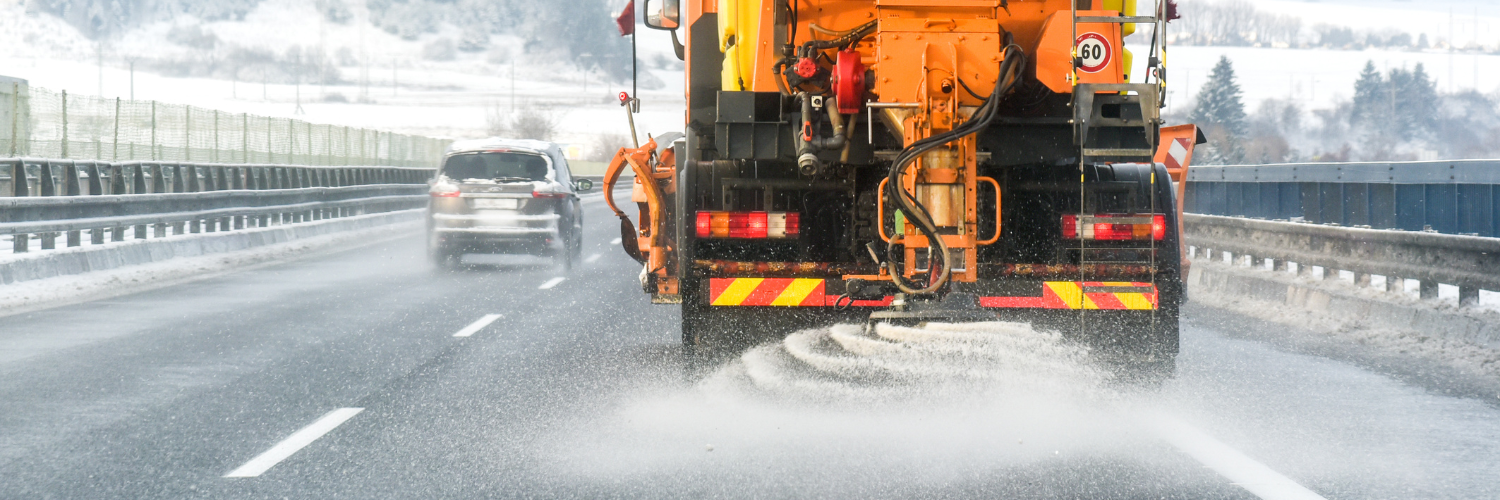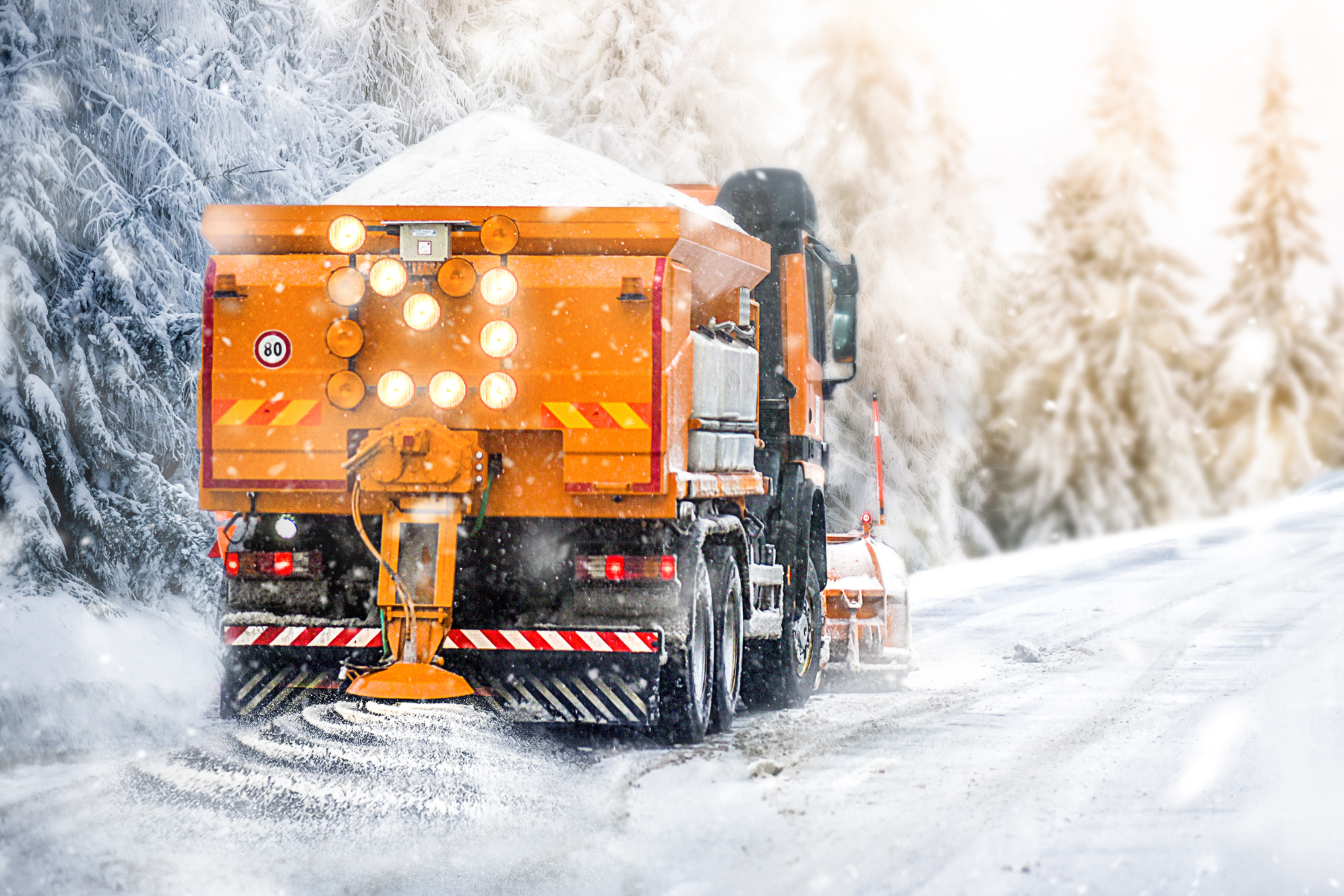Why Use Road Salt?
When winter weather strikes, the public demands that state and local governments keep vehicle and pedestrian traffic moving. Local roads, highways, parking lots, and walkways need to be treated to ensure safe and continuous use for commerce, travel, and emergency first responders.
Salt can be used proactively as a brine before winter weather to prevent ice from bonding to the road surface and reactively as dry or pre-wet salt to remove snow and ice from the roadway. In the vast majority of applications, salt is the most cost-effective option. Magnesium chloride, calcium chloride, and calcium magnesium acetate, hydrochloric acid, and potassium chloride are an important part of winter maintenance, but they typically come at a higher cost. Other applications, such as sand, do not have the same melting properties that salt does. Safety and economic impacts are the two priorities when treating winter roads.



